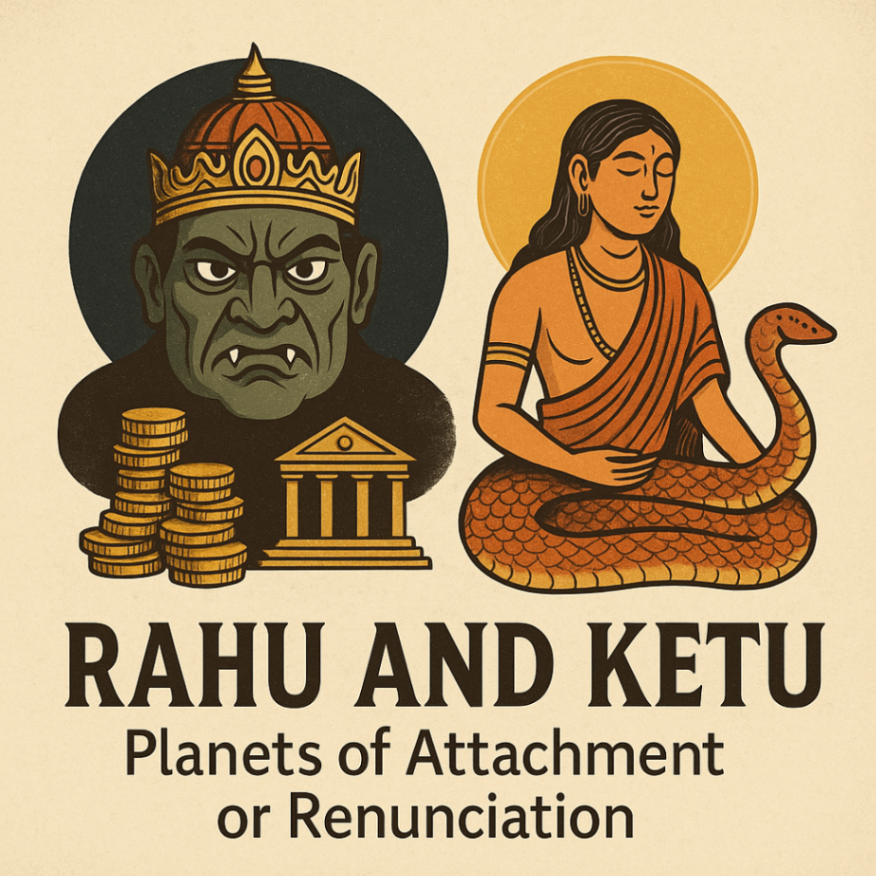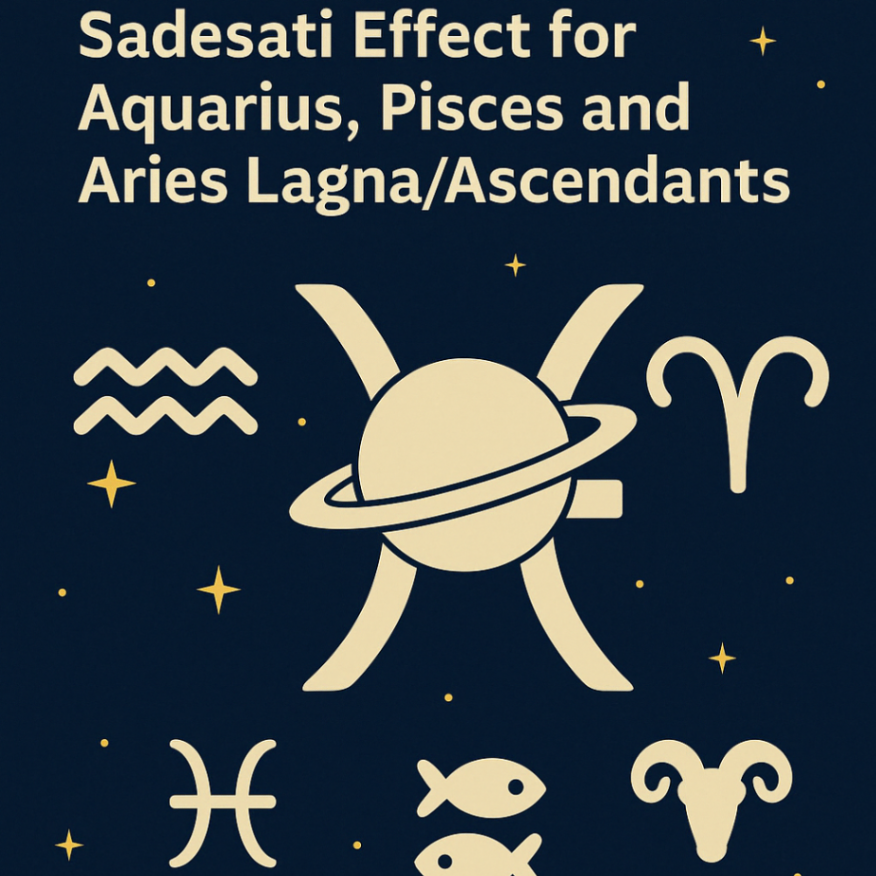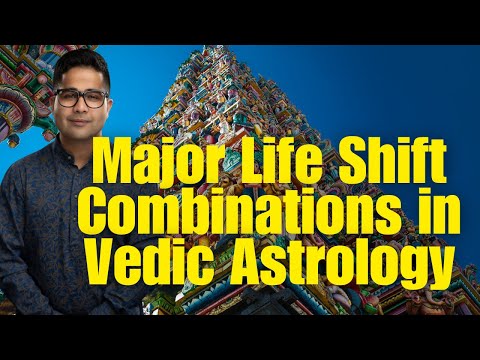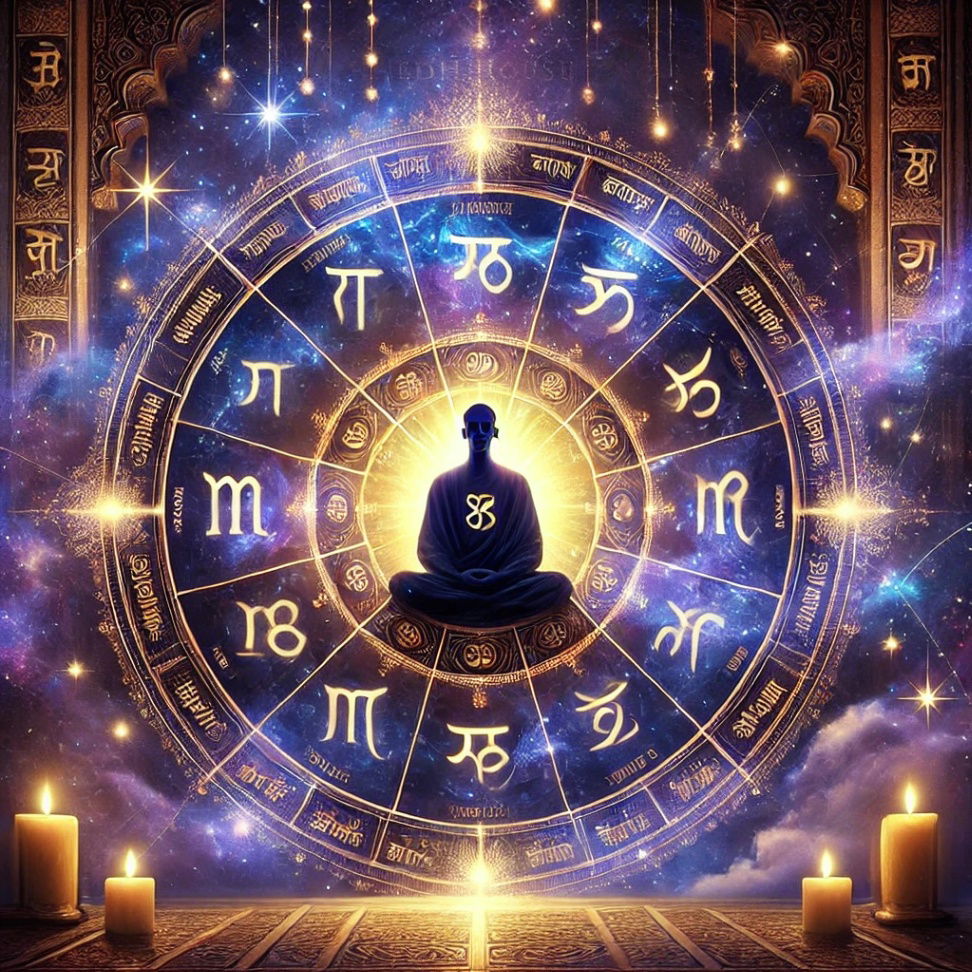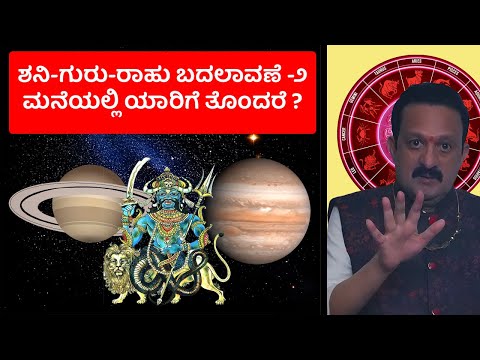Introduction to Gandanta
Gandanta is a Sanskrit word that is derived from ‘gand’ meaning bubble, joint, spot, knot, and 'anta' meaning end, termination, dividing line. In Vedic Astrology, we take this to mean the knot at the dividing line. This bubble or knot at the dividing line occurs between water and fire signs of the sidereal zodiac. The reason there is a dividing line is that there is an abrupt stop and re-start at these junctures as there is no Nakshatra to carry the energy from one sign to the next, so in essence, the transition is not smooth. These three locations of the zodiac between Cancer & Leo, Scorpio & Sagittarius, and Pisces & Aries are where gandanta occurs.
Gandanta Points and Nakshatras
This table provides the ending and beginning at the gantanta points. Each Nakshatra is 13°20’ in length. This can be divided into four padas of 3°20’ each. Pada means foot, step, or quarter.
Zodiac Degree & Sign element
| odicac Degree &
Sign element |
Nakshatras
Aries – Cancer |
Nakshatras
Leo – Scorpio |
Nakshatras
Sagittarius – Pisces |
| 00:00 – 13:20 fire | Ashwini | Magha | Mula |
| 13:20 – 26:40 fire | Bharani | Purva Phalguni | Purva Ashada |
| 26:40 fire – 10:00 earth | Krittika | Uttara Phalguna | Uttara Ashada |
| 10:00 – 23:20 earth | Rohini | Hasta | Dhanistha |
| 23:20 earth – 06:40 air | Mrigashira | Chitra | Shravana |
| 6:40 – 20:00 air | Ardra | Swati | Shatabisha |
| 20:00 air – 3:20 water | Punarvasu | Vishaka | Purva Bhadrapada |
| 3:20 – 16:40 water | Pushya | Anuradha | Uttara Bhadrapada |
| 16:40 – 30:00 water | Ashlesha | Jyestha | Revati |
Notice how the Nakshatras of Krittika, Uttara Phalguni & Uttara Ashada have one pada in fire and three padas in earth. Notice how the Nakshatras of Mrigashira, Chitra & Shravana have two padas in earth and two in air. Notice how the Nakshatras of Punarvasu, Vishaka & Purva Bhadrapada have three padas in air and one in water. These Nakshatras exist over the edges of the signs, thus making the transition from one sign to the next easier. There is no Nakshatra that exists partially in water signs and partially in fire signs. Therefore, there is a distinct dividing line here at these three junctures of the zodiac where water ends and fire begins.
Evolutionary Processes and Gandanta
These dividing lines mark three different processes of evolution: The Aries – Cancer process of individuation, the Leo – Scorpio process of materialization, and the Sagittarius – Pisces process of spiritualization. This process of evolution is an important key to understanding the Nakshatras. Lord Brahma charged Daksha Prajapati to assist him with the cosmic evolutionary process. To do so, Prajapati wed his 27 daughters to the Moon, who spends a day with each as he circles the zodiac.
Defining the Length of Gandanta
Gandanta is not the entire water or fire signs. It is not even the entire last Nakshatra of water or the first entire Nakshatra of fire. However, there are two differing opinions on how much of the edge of the water and fire signs are included in gandanta. Some say that gandanta exists for a pada at the edge of these signs – one-fourth of a Nakshatra equal to 3°20’ of celestial longitude (zodiacal degrees) on either side. Others say true Nakshatra Gandanta is only 48 minutes of celestial longitude on either side of the water/fire juncture.
The Impact of Gandanta
Gandanta, no matter which way you define its length, is a very powerful spot at a dividing line of the zodiac. It is like a powerful spiritual bubble where energies are trapped. As such, when planets pass through these gandanta portions of the zodiac, you can see powerful manifestations. The planets grasp and hold onto the karmas of the sign and indicate how we can get stuck instead of moving forward. We must understand the role this plays in our evolution to release the grasp, pop the bubble, or untie the knot so we can get un-stuck and move forward with our destiny.
Emotional and Inspirational Knots
There is a difference between a gandanta planet at the end of a water sign or beginning of a fire sign. Planets at the end of water have a knot around emotional attachments and there is a resistance to let go and change because we want things to stay in some ideal state – even if that ideal state is long past. Planets in gandanta at the beginning of fire have a knot around inspiration and moving toward a new way of thinking or being. Planets in gandanta at the beginning of fire can be stuck with initiating change and resist getting started. Yet the gandanta planet in water can sense the new beginning in fire even as it hangs onto the past. Likewise, the gandanta planet in fire is aware of the residual energy of the past as it moves forward. So, the distinction is a subtle one. But which side of
the dividing line the planet is on gives a hint to unraveling how we are stuck.
Gandanta and Personal Growth
It is interesting to note that the end of water and beginning of fire signs are both in the infant state of Baaladi Avastha. These gandanta points can be places where we are like a baby. Hanging onto things that make us feel safe and secure at the end of water, and wanting to move forward with our inspiration. But it seems, either way, that someone or something outside of our self is oppressing and that is our excuse for being stuck. That oppression is an illusion. Planets in gandanta need to pop the bubble of illusion, cut through the emotional attachments to a past story we think defines us, and cut through the excuses that prevent us from moving forward. There is a lot of inner work to be done here to unravel the many strands in the knot. It is a process as each strand exposes itself to our consciousness through our interactions with others and the world. The lessons of a planet are greatest when gandanta, but so are the spiritual and evolutionary rewards.



















